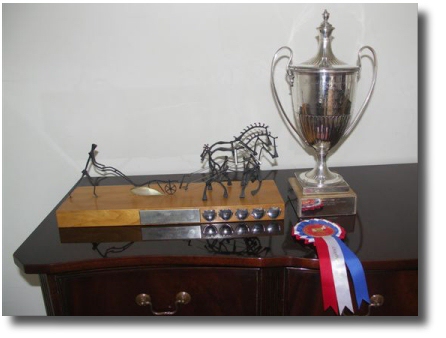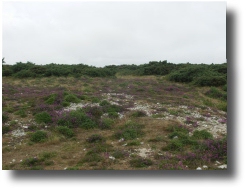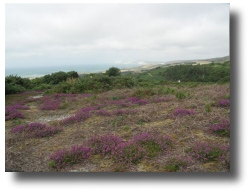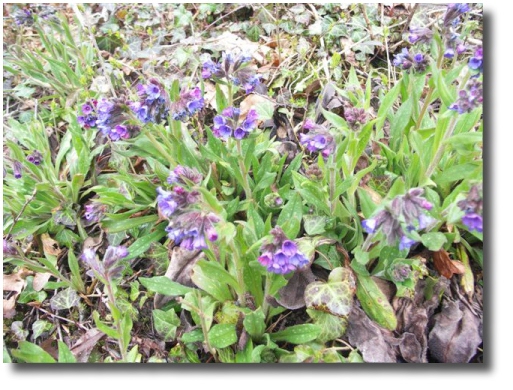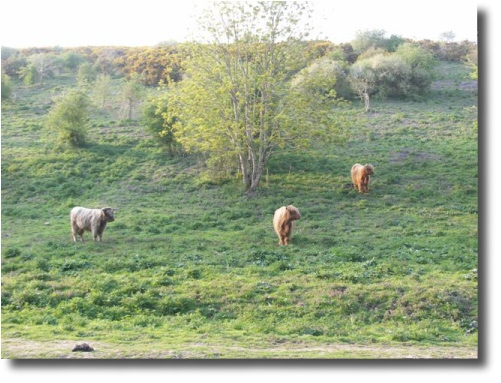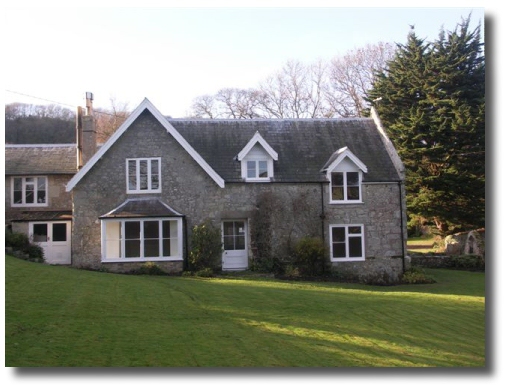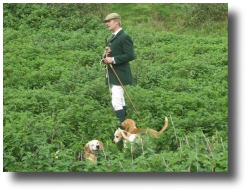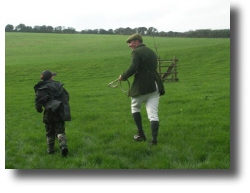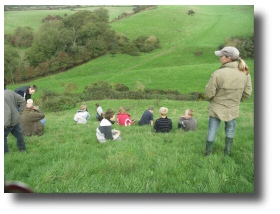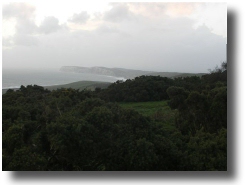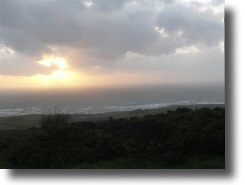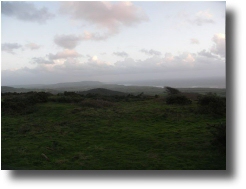ConservationFour wildlife surveys were completed during the year. Ian Davidson-Watts surveyed Rowlands Wood and Chillingwood for bats. Three years ago there was great excitement during his first survey when he identified solitary Bechstein’s and Barbastelle bats at Wroxall Copse. There was further excitement when both species and others were identified in greater numbers at Rowborough and Coombe Plantation. These bats are amongst the rarest British mammals. More good news was that the two species were seen at both Rowlands Wood and Chillingwood. Last year Ian started on an official IW survey programme and his findings on our property are now no longer freak discoveries. The IW is arguably as important as any other part of the UK for its bat populations. Graham Sparshott carried out surveys for woodland birds at Rowlands and Chillingwood; Mike and Daphne Watson have carried out a base survey at Rew Farm. Although there were no startling discoveries, both surveys showed we have a good diversity of birdlife. The two most prominent features were a pair of nesting Hobbies and the spectacular autumn hirundine migration witnessed at Rew Farm. Adam Wright carried out his fifth entomological survey for us this year on Mottistone Down and Coombe Plantation. The previous patterns were repeated with rare and exciting finds. Unexpectedly, Coombe Plantation produced more than its fair share. This 30-acre wood is relatively modern with no ancient woodland features, yet against all expectations it has proved to be both of bat and entomological importance. Our capital restoration work on Mottistone Down, Mottistone Common, Brighstone Down and Idlecombe Down are almost complete. In all four cases they have been well worth while as we have restored the landscapes of 80 years ago. Wroxall Manor Farm is progressing as expected with two areas in particular proving to be of great value for wild flora. Rew Farm, having been intensively farmed for several decades, will take many years to respond to our management prescriptions, but we are starting.
Our woodlands, especially Rowlands Wood and Chillingwood, are developing well and many forms of wildlife have re-appeared.
Global warming will have a major impact on our land, woods, water supply, harvesting and animal life, both domestic and wild. Now that at long last it has been recognised by Government, there must be a partnership between Government and the agricultural community so that, as guardians of the countryside, the latter can play a full and important role in helping reduce green house gasses. The state of our wildlife is a good indicator for the well being of our land, - which goes a long way towards justifying the public benefit of the environmental grants to land managers. There must now be proactive co-operation between Government and farmers that our management of land, woods, livestock, and energy consumption be directed towards the greater common good of preserving our planet. Imagination and innovation will be required. The challenges will be exciting for us all.
The FarmThe success and recognition of our farming and Highland cattle has already been mentioned. We continue to strive and improve our land and cattle management in a way which is commensurate with the best interests of conservation. The one major blot has been the consequence of the shambolic administration in DEFRA which has been a feature for all farmers. Margaret Beckett, the former Minister, must surely be short-listed to qualify for any award granted to the worst Minister in any Government, of any nature, for any period, and at any time in this country’s history. David Milleband, the new Minister, is both a clear thinker and erudite. Only time can tell whether this is matched by his judgment. He looks like a breath of fresh air but, as one of the Government’s rising stars, his stay at DEFRA may only be short term. The failure of DEFRA to pay the Single Farm Payments on time has already received national publicity. Of greater importance to us was the failure of the Rural Payments Agency to agree our farm maps so that we could apply for the new Environmental grants The maps were returned to the RPA no less than five times for correction, and on each occasion errors listed were ignored. We anticipate that much of our farm will qualify as a prime candidate for the Higher Level Scheme, but the DEFRA failure means that there will be at least a year’s delay in applying for and starting it. The result will be a serious loss of income which in turn will impact adversely on our conservation projects. Moreover, our original Countryside Stewardship Schemes at Mottistone and Brighstone have now expired and instead of being eligible for renewal they must be incorporated into HLS. There is therefore no income at all from these properties and since they all are serious cash drains, our programmes are now at a standstill.Rew Farm has proved to be more time consuming and expensive than thought. All the boundaries of many of the fields have had to be completely re-fenced. To accommodate our extensive grazing pattern, additional water troughs have been installed. Many fields needed attention for weed control. Modernisation of the lovely old farmhouse, which will be used for self-catering holidays, has been more lengthy and costly than envisaged.
Without Rew, however, we would have been in difficulty during the summer. Ragwort, officially classified as an injurious weed, became a major problem last summer. Potentially poisonous to livestock, it has to be controlled. It colonized vast swards of grassland on Mottistone and at Idlecombe. Both areas, valuable for summer grazing, which in turn is important for wildlife, had to be closed down for the rest of the year and emergency remedies taken. Unless Local Councils throughout England become more responsive in policing the weed, the problems will be repeated in 2008. Our Highland cattle are due to calve in February. We hope that we will have more calves than before. We will again have three active bulls, with our breeding stock divided into herds of averaging 20 head each. Our stalwart, Ruairidh of Glengarnock, will have a smaller herd than previously in recognition of his advancing years.In the autumn, the Isle of Wight Foot Beagles held three meets from Wroxall. The best attended was the children’s meet when over thirty attended. They kept up well all day, showed a great interest in the countryside, and were a delight to welcome.
The IW’s farming community recently lost another rural character, Roy Morris. Roy died after a long fight against Motor Neuron Disease. He was a member of a large family who has farmed in the Bowcombe Valley for generations. Between the Wars, his father was the tenant at Idlecombe, part of which we now farm. He used to pay his rent by catching and selling rabbits, between 9,000 and 11,000 a year! Roy was a respected shepherd and judged at prestigious shows. After retirement, hunting became his life and he was a regular car follower of the Isle of Wight Foxhounds and others on the mainland. He was devastated by the hunting ban because it virtually finished his social life. The crematorium was packed for his funeral. God no longer makes country folk like Roy; they were the types of character which will never be replaced.
Previous Months: September October November December January February March April May June/July August/September | ||||||||||||||||||||

